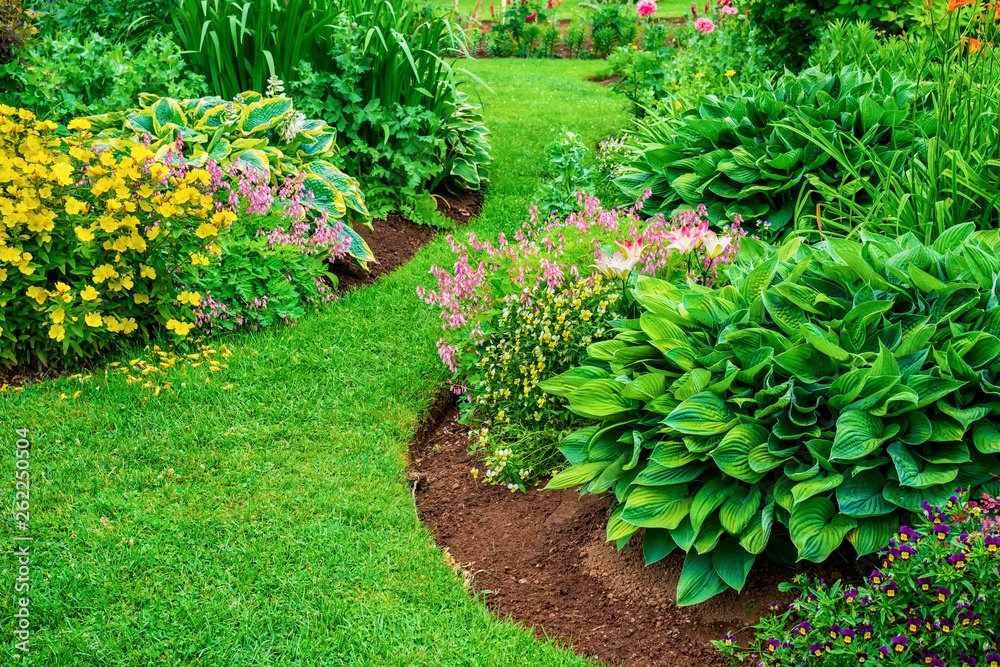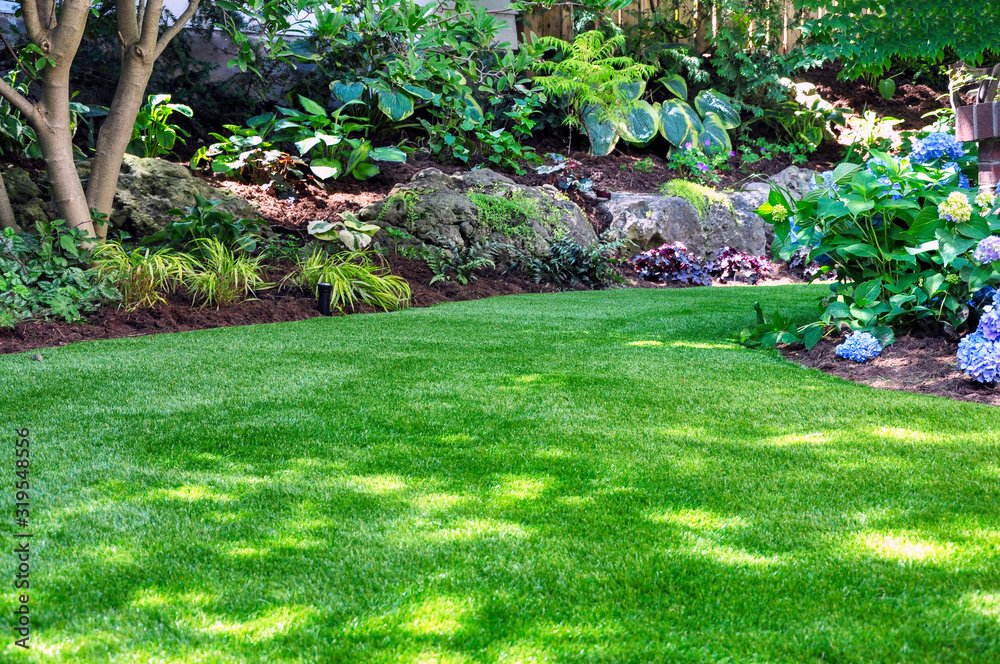
Maintenance for your Outdoor Living Space
Why gardens need to be maintained
Gardens require regular maintenance in order to remain healthy and attractive. Some of the tasks that may be necessary to maintain a garden include:
Watering: Most plants require regular watering to stay hydrated and healthy.
Weeding: Removing weeds from the garden can help prevent them from competing with plants for resources such as light, water, and nutrients.
Pruning: Pruning plants can help to keep them healthy and encourage new growth.
Fertilizing: Applying fertilizers can help to provide plants with the nutrients they need to grow and thrive.
Pest control: Monitoring for and controlling pests such as insects and diseases can help to keep plants healthy.
Mulching: Adding a layer of mulch to the garden can help to retain moisture, suppress weeds, and regulate soil temperature.
Soil maintenance: Amending the soil with compost or other organic matter can help to improve the structure and fertility of the soil.
By regularly performing these tasks, you can help to keep your garden healthy and maintain its appearance.
Is there a maintenance-free garden?
It is not possible to create a completely maintenance-free garden, as all gardens require some level of care and attention in order to remain healthy and attractive. However, there are steps that you can take to reduce the amount of maintenance required for your garden. Some tips for creating a low-maintenance garden include:
Choose easy-care plants: Select plants that are well-suited to the local climate and soil conditions and that do not require a lot of maintenance.
Use mulch: Adding a layer of mulch to the garden can help to suppress weeds, regulate soil temperature, and retain moisture, which can reduce the need for watering and weeding.
Install a drip irrigation system: A drip irrigation system can help to conserve water and reduce the time and effort required for watering.
Use native plants: Native plants are adapted to the local climate and soil conditions, and can often be low-maintenance options for a garden.
Use hardscaping: Incorporating hardscaping elements such as pavers, stones, or retaining walls can reduce the amount of grass or other plantings that need to be maintained.
By following these tips, you can create a garden that requires less maintenance and is easier to care for. However, it is important to remember that even a low-maintenance garden will still require some regular care and attention in order to remain healthy and attractive.

